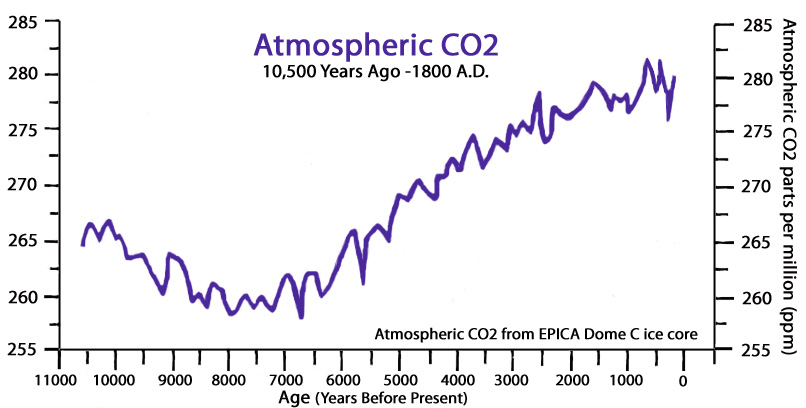
Sea Levels 2-4 m Higher Until ~5,000 Years Ago
Imply Surface Temps Were At Least 5°C Warmer
According to the accepted (IPCC) formula for calculating the contribution of ocean warming (thermal expansion) to sea level rise upon reaching equilibrium, every additional degrees Celsius of surface warmth yields about 0.4 meter (0.2 to 0.6) to global sea levels.
Moore et al., 2013 “The equilibrium sea level change from thermal expansion alone has been estimated to be ~0.2–0.6 m/°C” (Meehl et al., 2007b).
IPCC AR5: “The amount of ocean thermal expansion increases with global warming (0.2 to 0.6 m/°C–1)”
Considering that much of the globe had sea levels that reached or exceeded 2 to 4 meters above present during the Early to Mid Holocene (~10,000 to ~5,000 years ago), a conversion of 0.4 m/°C (from thermal expansion alone) would indicate that surface temperatures were at minimum 5°C warmer than now during the first half of the Holocene. There are many paleoclimate reconstructions of surface temperatures that substantiate such high levels of warming during this period (illustrated below).
It should be noted that during the Early to Mid Holocene, Earth’s CO2 concentrations were only hovering around 260 ppm to 265 ppm – about 140 ppm lower than today’s values (over 400 ppm).

When we consider that 93% of the Earth’s heat is contained in the oceans, which is symbiotically connected to sea level rise and fall via thermal expansion, we can affirm that both surface temperatures and sea levels can and do rise and fall without any meaningful contribution from the atmospheric CO2 concentration. Therefore, it can be concluded that other internal mechanisms, and not CO2 concentrations, are the driving influence impacting both surface temperatures and sea levels.